Your RV’s hydraulic stabilizer system plays a critical role in creating a stable, comfortable living environment while parked. These systems automatically level your RV and provide the solid foundation you need for cooking, sleeping, and relaxing without the constant rocking motion that can make even simple tasks frustrating.
Regular upkeep of this system prevents costly repairs, ensures reliable operation when you need it most, and extends its entire lifespan. The good news is that most maintenance tasks are straightforward to learn and adopt. Here’s a quick overview of everything you need to know to maintain your RV’s hydraulic stabilizer systems.
Hydraulic Stabilizer Basics and Importance of Maintenance Practices
Let’s start by making sure we properly understand this system. Hydraulic stabilizer systems operate using pressurized hydraulic fluid to extend and retract stabilizer jacks positioned at key points around your RV. These systems typically include hydraulic fluid reservoirs, pumps, control valves, hydraulic lines, and the stabilizer jacks themselves. A control panel inside your RV allows you to operate the system, extending jacks to level the vehicle and provide stability.
Maintenance here is crucial because hydraulic systems operate under pressure and rely on precise fluid levels and clean components to function properly. Small issues like minor leaks or contaminated fluid can quickly escalate into massive problems, potentially leaving you with an unstable RV. Regular maintenance prevents these scenarios by catching problems early and keeping all components in optimal condition.
Neglecting your hydraulic stabilizers can result in uneven leveling, system failure at inconvenient times, or expensive repairs that you could have avoided with routine care. The investment in regular maintenance pays dividends in reliability and peace of mind during your travels.
Regular Inspection Checklist
Visual inspections should be your first line of defense against hydraulic system problems. Walk around your RV and carefully examine all visible hydraulic lines, fittings, and stabilizer jacks for signs of leaks, cracks, or damage. Pay particular attention to connection points where components join together, as these areas are most prone to developing leaks.
Hydraulic fluid levels require regular monitoring, as low levels can cause system failure or damage to pumps and other components. Most systems have sight glasses or dipsticks that allow you to check fluid levels easily. The fluid should be clean and at the proper level indicated in your owner’s manual.
Control panel functionality testing ensures your system responds correctly to commands. Periodically test each stabilizer jack individually to verify smooth operation and proper extension and retraction. Any delays, jerky movements, or failure to respond indicate potential problems that need attention.
Early warning signs often appear before complete system failure occurs. Slow operation, unusual noises during extension or retraction, or visible fluid on the ground beneath your RV all signal that maintenance or repairs are needed. Addressing these signs promptly prevents more serious problems from developing.

Cleaning and Lubrication
Stabilizer jacks accumulate dirt, road grime, and debris during travel, which can lead to corrosion and mechanical problems if not removed regularly. Clean the jacks with soap and water, paying attention to the extending portions that retract into the housing, where dirt can cause binding or seal damage.
Moving parts within the hydraulic system require proper lubrication to operate smoothly and prevent premature wear. Use only manufacturer-recommended lubricants, as the wrong type can damage seals or attract dirt. Focus on pivot points, slide mechanisms, and any externally accessible moving components.
Over-lubrication creates its own problems by attracting dirt and debris that can interfere with system operation. Apply lubricants sparingly and wipe away excess to prevent contamination buildup that could compromise system performance.
Hydraulic Fluid Maintenance
Selecting the correct hydraulic fluid is essential for proper system operation and longevity. Your RV’s manual specifies the exact type and grade of fluid required for your system. Using incorrect fluid can damage seals, affect system pressure, or cause components to malfunction.
Hydraulic fluid replacement should occur according to your manufacturer’s schedule or when the fluid shows signs of contamination. To replace fluid, locate the drain plug, drain the old fluid completely, replace the filter if equipped, and refill with fresh fluid to the proper level. This process may require running the system to purge air from the lines.
Contaminated fluid appears discolored, contains visible particles, or has a burnt smell, indicating overheating. Water contamination often creates a milky appearance, while metal particles suggest internal component wear. Any of these conditions requires immediate fluid replacement and system inspection to identify the contamination source.
Preventing and Addressing Leaks
Common leak sources include hydraulic line connections, cylinder seals, and pump housings. These areas experience the most stress and wear during regular operation, making them prone to developing leaks over time. Regular inspection helps identify potential leak points before they become serious problems.
Loose connections can also cause minor leaks that worsen over time if not addressed. Check all visible fittings and connections periodically and tighten them to manufacturer specifications. Be careful not to over-tighten, as this can damage threads or crush seals, creating worse leaks.
Seal replacement becomes necessary when visual inspection reveals cracked, hardened, or damaged seals around cylinders or other components. While experienced RV owners can handle most seal replacements, complex repairs often require professional service to ensure proper installation and system integrity.
Seasonal Maintenance Tips
Winterizing your hydraulic system protects components from freeze damage in cold climates. Some systems require draining hydraulic fluid, while others use antifreeze-compatible fluids that remain in the system year-round. Protect exposed components from moisture and road salt that can cause corrosion during winter storage.
Spring preparation involves inspecting the entire system after winter storage, checking fluid levels, testing the system’s operation, and verifying that all components function properly before your first trip of the season. This inspection often reveals any damage that occurred during storage or maintenance tasks that got overlooked during winterization.
Year-round maintenance remains essential regardless of climate or usage patterns. Systems used frequently require more attention than those used occasionally, but even stored RVs need periodic inspection to ensure components remain in good condition and ready for use when needed.

Manufacturer Guidelines and Professional Help
When learning how to maintain your RV’s hydraulic stabilizer system, remember to always follow your manufacturer’s maintenance schedule and procedures. This will help ensure warranty compliance and optimal system performance. Each system has specific requirements for fluid types, service intervals, and maintenance procedures that may differ from other manufacturers’ recommendations.
Professional service becomes necessary when major leaks develop, system pressure is insufficient, or complex repairs exceed your mechanical abilities. Hydraulic systems operate under high pressure and require specialized knowledge for safe service. Attempting repairs beyond your skill level can result in injury or expensive damage to your RV.
If the problem is beyond a professional’s capacity to fix, then it’ll be time to purchase a new system. United RV Center is here to help. We offer stabilizer systems as well as the RV landing gear parts that go with them, so browse our selection to find what you need for your RV.



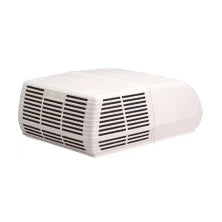
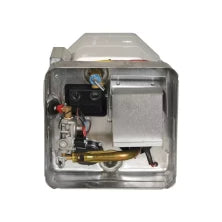
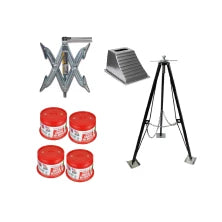
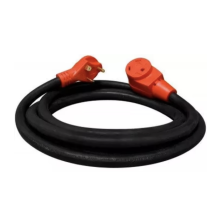

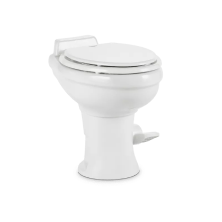
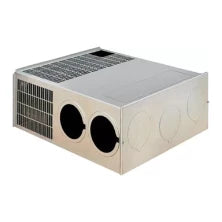
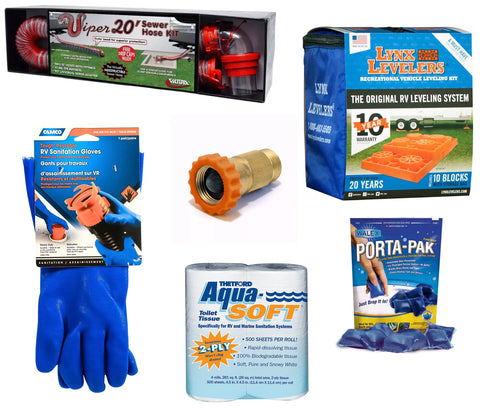
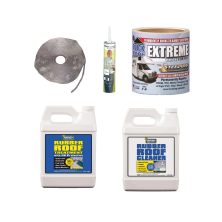
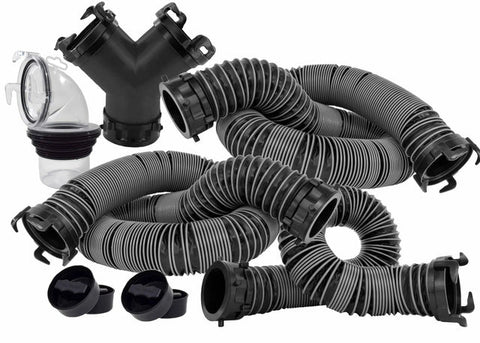
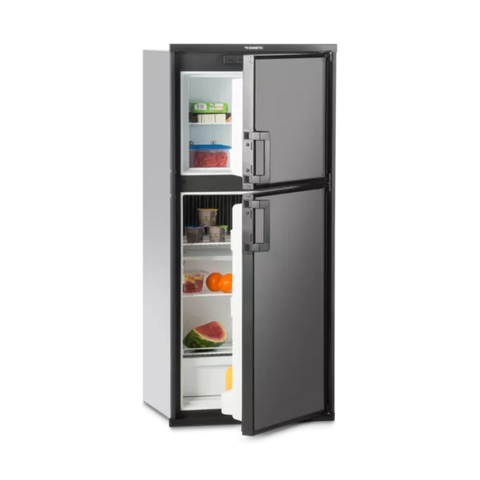
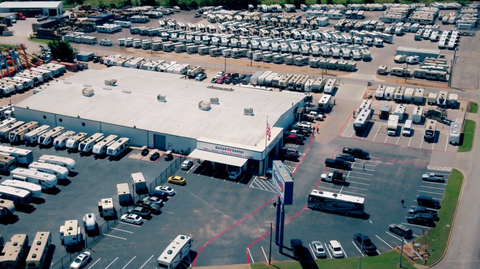
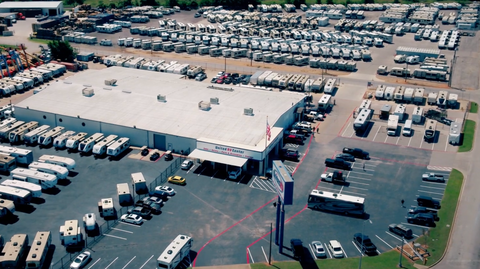
Comments (0)
There are no comments for this article. Be the first one to leave a message!